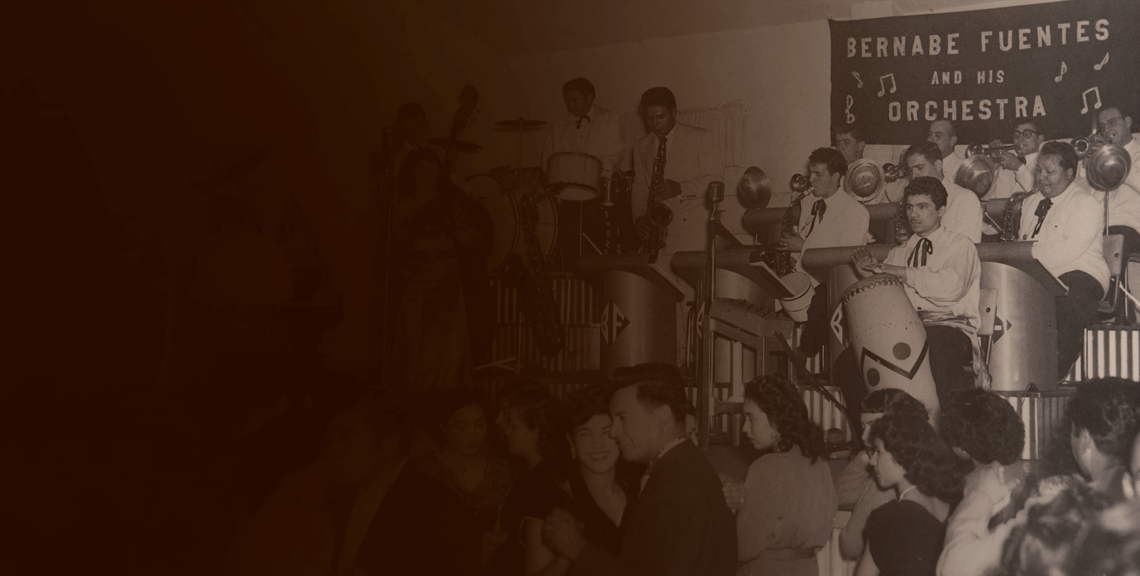
PLANTING ROOTS AND CREATING CIVIC SPACE: MEXICAN SETTLEMENT, RECREATION, CULTURE IN SANTA CLARA COUNTY, 1920-1960 OVERVIEW
By WWII, ethnic Mexican migrants found higher pay and more stable jobs in unionized canneries, wartime industries, or the military and began to settle into cities and towns throughout Santa Clara County, creating Mexican colonias. Within these communities, ethnic Mexicans were segregated socially, residentially, and educationally. Due to restrictive covenants (land deed restrictions) and redlining (lender refusal to offer loans in certain areas),ethnic Mexicans were forced to settle in less desirable industrial areas adjacent to the canneries and packing houses, joining the older permanent Mexican settlements of San José or forming new colonia settlements in outlying towns such as Mountain View and Gilroy.
Throughout Santa Clara County colonia residents established permanent roots and created cultural spaces that afforded a sense of belonging. Prior to World War II, immigrant associations, including town clubs and mutual aid societies—known as sociedades mutualistas—accommodated newcomers by providing cultural events, networking, and information about laws, customs, and housing. A multi-faceted identity was forged by a “coalescence of cultures,” both Mexican and Mexican American.
In Santa Clara Valley, Mexicans addressed the problems of segregation and discrimination by fostering one of the most important, vibrant cultural communities in the Southwest. During the 1940s and 1950s, Mexican dance halls absorbed trans-racial musical rhythms that attracted an integrated younger generation. This music exemplifies how Santa Clara County became a significant center for the production of Mexican American cultural identity.
Despite the segregated society in which they lived and worked, Mexican immigrants, prior to becoming legal citizens, became “cultural citizens,” incorporating American values such as equal justice and participation in civic culture, creating an identity both ethnically Mexican and American. Cultural, social, and religious factors played a formative role in creating community, and consolidating community consciousness and political identity before and after WWII.
EXHIBIT MINI DOC